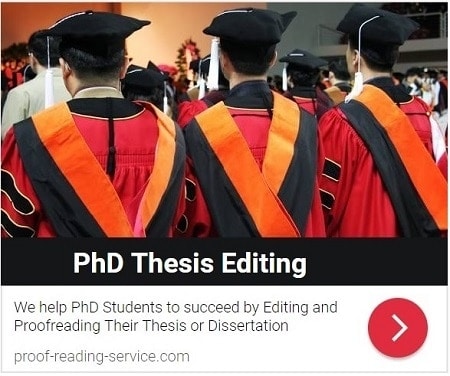
Table of Contents (Guide To Publication)
Part III: Communicating with Journal Editors: Submission, Acceptance, Revision and Rejection – Chapter 7
7.2 When ‘No’ Means No: Professional Departures and New Beginnings
As an undergraduate, I and some fellow students once attended a dinner party at which one of our most respected professors confessed that she had earned a D grade in a university-level philosophy course. I suspect that we would never have heard such shocking news had tongues not been well loosened by the wine that was flowing in celebration of exams coming to an end, and only later did I realise how interesting and encouraging a confession it was as we all anxiously awaited our grades. The person who made it was, after all, a tenured full professor, she had designed and directed a women’s studies programme for years and was both well respected and well published in her field. She concluded her confession with words that are well worth considering when faced with a rejection letter from a journal or any other publisher: “So you see, there is academic life after a D!” My fellow students and I shared some meaningful looks and a moment of sombre reflection, but all of us (the professor with the near-failing grade included) were very soon laughing and moving on to other things.
I’m not suggesting that laughter is an appropriate response to a rejection letter (or often an email message these days, but I’ll stick to ‘letter’ here), or that you will feel remotely like laughing when faced with such bad news (unless, of course, you decide to imbibe a good deal of wine yourself, which may or may not be advisable). I am suggesting, however, that there is a successful publication career after having your writing rejected by an editor. J. K. Rowling apparently received over 50 rejections before a publisher finally accepted the first in her series of best-selling Harry Potter books – I often wonder how many of those publishers have since used those volumes to knock themselves over the head – and virtually every successful publishing academic or scientist has experienced at least one letter of rejection over the years. Unfortunately, letters of rejection can be terribly impersonal, and while this is a helpful reminder that writing and publishing are business and rejections are not personal, it can also be maddening. Receiving a rejection letter, for instance, that curtly states that your paper does not fit the journal’s publishing agenda when you know very well from your research on the journal that it does indeed fit that agenda provides no real reason for the rejection and no advice for improvement. Such a rejection can be frustrating and unhelpful, but it’s simply a quick, general way of saying ‘no thank you’ and a very good indication that it’s time to move on to a different journal. Although there are always exceptions, there is little point in demanding explanations in such an incommunicative environment, and a good chance of shining a poor light on a relationship with a journal that could in the future still be a likely candidate for submissions.
If the letter provides something a little more helpful by suggesting, for instance, that your work is interesting, but your article would be more appropriate for a more specialised journal or perhaps just the opposite, that your paper would be a better fit for a less specialised journal, that, too, is usually an example of ‘no’ meaning no. In such cases, it’s best simply to move on and resubmit elsewhere, taking into consideration while choosing a new journal (see Section 2.1 above) any specific comments the editor might have offered. Whenever in doubt about whether a response is a rejection or a conditional acceptance (which I discuss below), have a colleague who’s worked with editors and publishers take a look at the letter. A less than positive reply from an editor is not the type of news one wants to share, of course, but a second opinion from a knowledgeable, trustworthy friend can be extremely helpful at this point.
This article is part of a book called Guide to Academic and Scientific Publication: How To Get Your Writing Published in Scholarly Journals. It provides practical advice on planning, preparing and submitting articles for publication in scholarly journals.
Whether you are looking for information on designing an academic or scientific article, constructing a scholarly argument, targeting the right journal, following journal guidelines with precision, providing accurate and complete references, writing correct and elegant scholarly English, communicating with journal editors or revising your paper in light of that communication, you will find guidance, tips and examples in this manual.
Table of Contents (Guide To Publication)
You might be interested in Services offered by Proof-Reading-Service.com
Journal Editing
Journal article editing services
PhD Thesis Editing
PhD thesis editing services
Expert Editing
Expert editing for all papers
Medical Editing
Medical Editing Services
Research Editing
Research paper editing services
Book Editing
Professional book editing services




